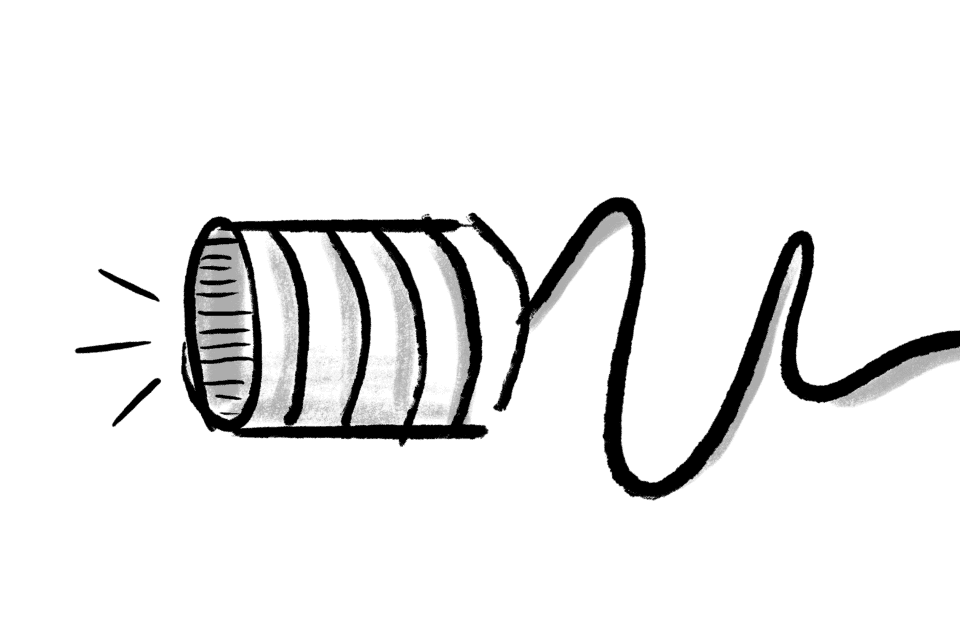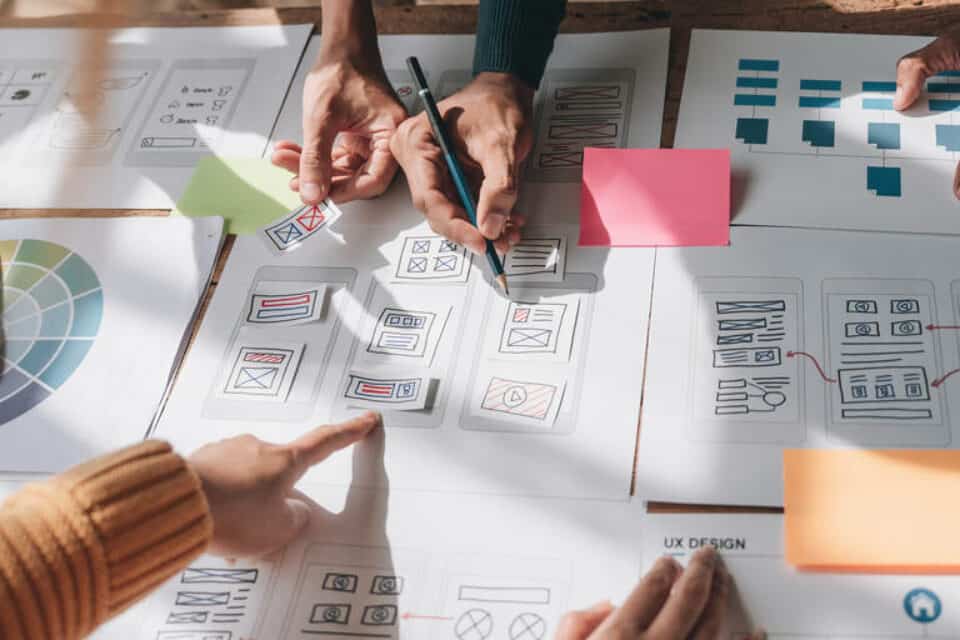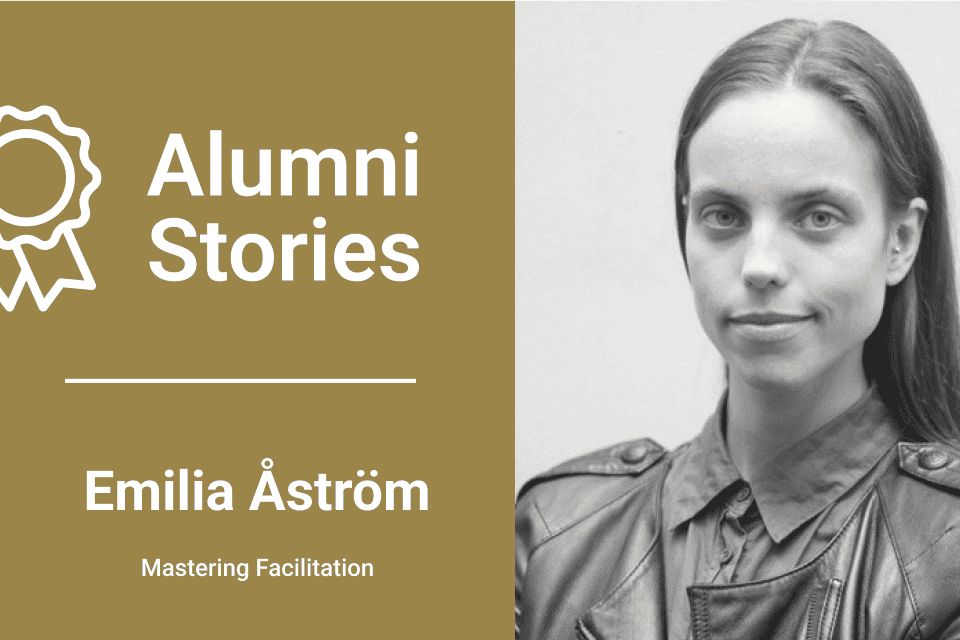
Leaders and facilitators must develop a substitution for the daily in-person interactions that build rapport and support a team’s feedback loop. Implement these remote team huddle strategies for remote work success.
233 results found.

Leaders and facilitators must develop a substitution for the daily in-person interactions that build rapport and support a team’s feedback loop. Implement these remote team huddle strategies for remote work success.

8 not-so-common virtual collaboration tools for successful remote work collaboration.

Control the Room Podcast: Douglas Ferguson speaks with Dawan Stanford, president of Fluid Hive, pushing energy into a room, about checking in with people, and his experience with remote learning as the Design Studio Director of Georgetown University’s Learning & Design program.

Optimal remote team communication needs to be steered by strong structures and methods that capture room intelligence–the idea that many minds are far greater than…

How many webinars have you been invited to lately? It seems like everyone in the world is flooding the internet with talks, seminars, and virtual…

With the spread of COVID-19 and the advent of shelter-in-place orders, many workplaces are shifting to completely remote work. If you’re in charge of a…

The Voltage Control team has always been remote. Aside from our in-person workshops and events (the last one of which seems like a lifetime ago)…

Design thinking revolutionizes problem-solving by focusing on user-centric, innovative solutions. This blog delves into the critical ideate and prototype stages, pivotal for transitioning from understanding user needs to creating viable products. We explore various ideation techniques like mind mapping and SCAMPER, emphasizing the importance of creativity and diverse thought, backed by studies from the Design Management Institute and insights from the Harvard Business Review. Tools like Miro and Mural enhance remote collaboration during these stages. We also cover prototyping, from low-fidelity sketches to high-fidelity digital mockups, and the importance of user involvement through techniques like A/B testing to refine these prototypes based on real-world feedback. This article is essential for those looking to integrate design thinking into their projects, highlighting the impact of structured creativity and user feedback in developing successful products.

What sets legendary leaders apart? This article explores valuable insights and leadership lessons from successful CEOs like Steve Jobs and others, revealing how traits like strategic thinking, continuous learning, and a culture of collaboration drive organizational success. Discover how modern leadership adapts through crises like the COVID-19 pandemic and delivers innovative solutions in today's fast-paced world.

Emilia Astrom shares her transformative journey from advertising to facilitation, discovering her passion at Hyper Island. With over a decade of experience, she leveraged design thinking and facilitation to guide organizations through the digital transformation. Her career highlights include joining Mural and supporting innovation, as well as completing the Voltage Control facilitation certification program. Emilia now designs workshops for senior leaders and works to create human-centered, collaborative work environments. Discover how facilitation changed her career and empowered her to lead meaningful change.